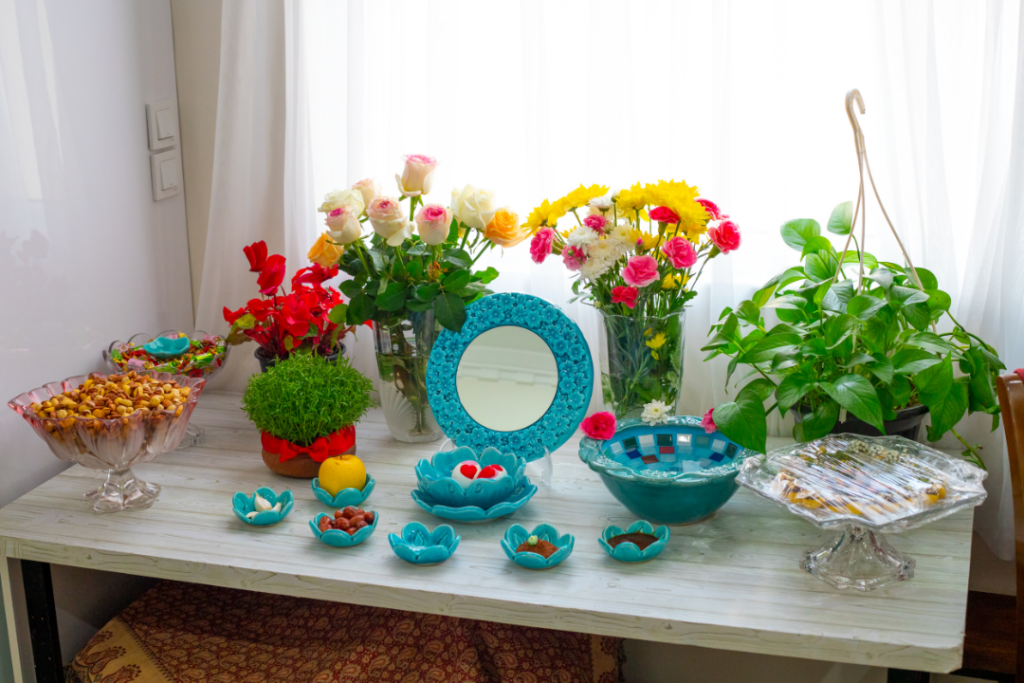Menu
Close

Nowruz Traditions & Mental Health
Mar 27, 2024
By: Alex Ossudallah, Associate Director, Recovery and Innovation, Clinical
Nowruz, the Persian New Year, is a 13-day holiday that begins during the Northern Hemisphere’s spring equinox. This year, Nowruz began on March 19. This festival holds significant cultural and symbolic importance for many people, particularly in Iran and other countries in the region. Celebrating Nowruz can have positive effects on mental health by fostering a sense of community, connection with tradition, and renewal. The holiday often involves spending time with loved ones, reflecting on the past year, and setting intentions for the year ahead, all of which can contribute to improved well-being. Additionally, the rituals associated with Nowruz, such as cleaning the home (known as “khooneh tekouni”) and preparing special dishes, can provide a sense of purpose and accomplishment, which are beneficial for mental health. However, it’s important to acknowledge that holidays can also be challenging for some individuals, particularly those who may be experiencing loneliness, grief, or other mental health issues. In such cases, reaching out for support from friends, family, or mental health professionals is important.
Celebrating Nowruz and setting up the haft seen are beautiful traditions that many people cherish. However, it’s important to remember that traditions vary among individuals and families, and some may choose not to observe them for various reasons. It’s essential to respect everyone’s choices and in the traditional Persian haft seen sofreh, each of the seven items typically represents a symbol or concept associated with renewal, prosperity, and blessings for the new year. Here’s a brief explanation of each item:
1. Sabzeh (سبزه)- Sprouts or wheatgrass symbolize rebirth and growth.
2. Samanu (سمنو)- Sweet pudding made from germinated wheat symbolizes affluence and fertility.
3. Senjed (سنجد)- Dried oleaster fruit represents love and compassion.
4. Sir (سیر)- Garlic symbolizes medicine and health.
5. Sib (سیب)- Apples represent beauty and health.
6. Somāq (سماق)- Sumac berries symbolize sunrise and the victory of good over evil.
7. Serkeh (سرکه)- Vinegar represents aging and patience.
Additionally, there may be other items on the haft seen sofreh, such as a mirror, candles, painted eggs, goldfish, and a holy book, each carrying their own symbolic significance.
Happy Nowruz to all who celebrate! May the new year bring prosperity, good health, and good luck to you and your loved ones.